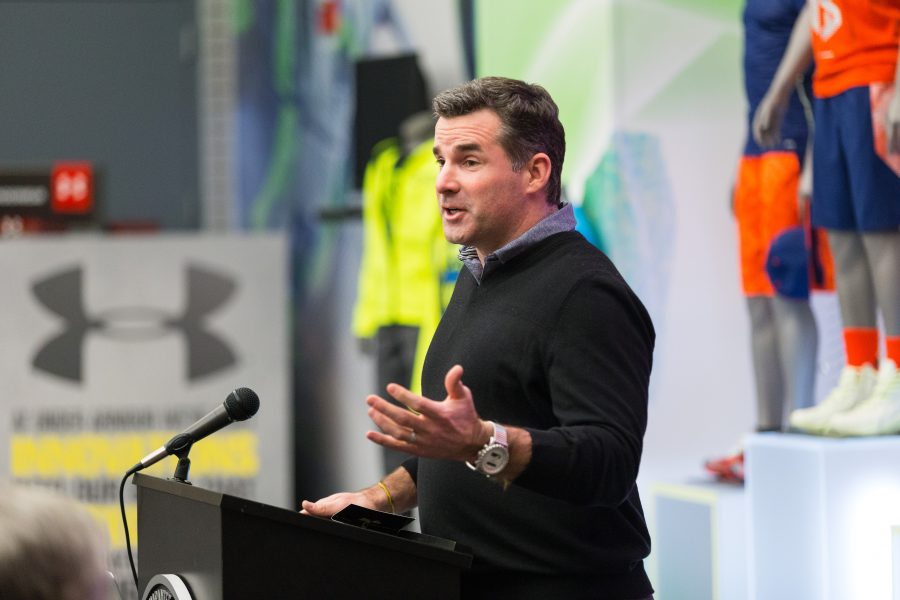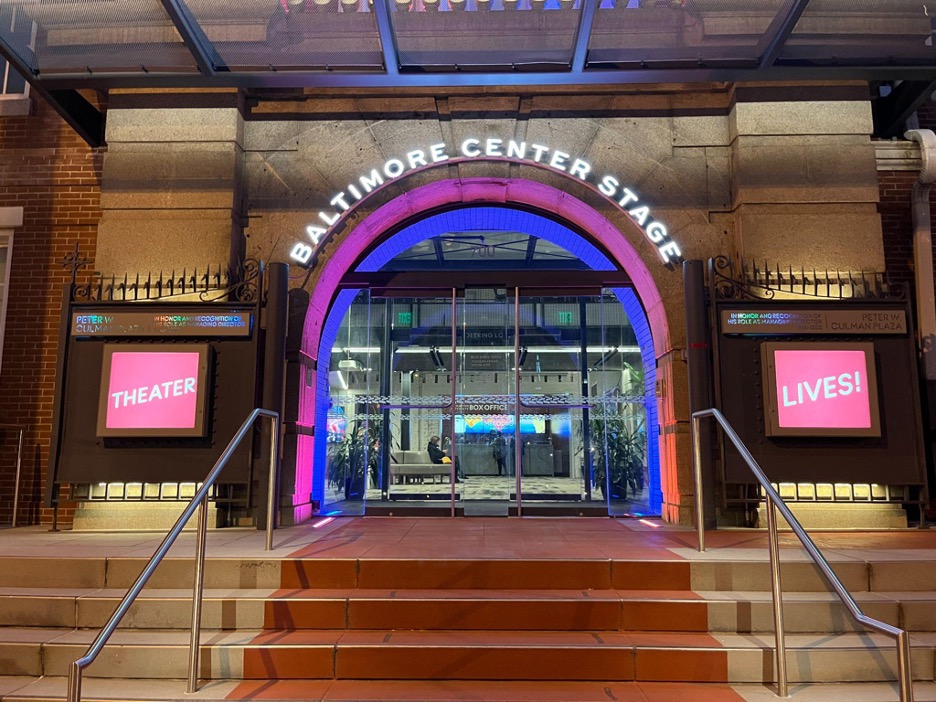Port Covington, a primarily waterfront region of South Baltimore, is about to receive a huge makeover. The transformation will be historically monumental to the city. Just touching the Patapsco River’s Middle Branch, the area, which lies south of Interstate 95, was approved by Mayor Stephanie Rawlings-Blake as the site of a redevelopment project that encompasses approximately 150 acres and 3.9 million square feet of new development. As spearheaded by mogul and Under Armour CEO Kevin Plank, the company, ranked the nations No. 2 sports apparel brand, has successfully dedicated $13 million to the headquarters in Port Covington, which is planned to include a sprawling new campus with three skyscrapers and a small-scale stadium.
As it stands, Port Covington’s massive development is being responded to both positively and negatively from the Baltimore community. In terms of economically revitalizing downtown Baltimore, the favorable effects have already begun to blossom. Plank’s private real estate company, Sagamore Development Co., signed a $100 million community agreement in September that promises Under Armour will hire local workers, build or fund affordable housing, and finance no-interest loans for minority or women owned startups. This contract was negotiated by state and local organizations, including Baltimoreans United in Leadership Development, and the Progressive Baptist Convention of Maryland, among others. Mayor Rawlings-Blake recently signed off on $660 million in public financing to provide infrastructure, roads, and other applicable utilities for the company’s disposal.
“We’re mobilizing our resources to build hope, to build opportunity and equity for all of our residents.” She also touts the creation of the Under Armour campus, “A catalytic project.”
Under said agreement, in addition to the company headquarters, taxpayer-backed bonds will pay for the construction of shops, offices, and homes on the largely industrial peninsula. Baltimore City projects the development will create 26,500 permanent jobs and swell the annual local economy by $4.3 billion.
In spite of the agreement between Sagamore Development Co. and the city to employ city residents (a minimum of 30 percent in all, to be exact), the development has been met with backlash and resistance from both inhabitants of Port Covington and concerned interest groups.
On Sept. 28, hundreds came forward to speak out against the Port Covington project at the War Memorial Building. The building served as a meeting spot for a city council gathering to voice concerns about the project. The meeting ran for over two hours, allowing citizens to voice their concerns. Among the attendees were representative officers for the Peoples Power Assembly, the Maryland Working Class Families, and Partners for Economic Solutions.
One of the biggest concerns is the tax increment financing (TIF) associated with the Port Covington Project. A TIF is a method of public financing that is used as a subsidy, or a fund provided by either the government or a public body to a business so that the price of the commodity or services they provide remain affordable. In the case of Port Covington, the subsidy is used in exchange for the redevelopment and installation of new infrastructure in the city of Baltimore, including expansive and long-term job opportunities.
While the project seems to benefit the city and its economy, many protestors fear that it excludes the greater majority of the city. “We believe Sagamore’s proposal will create a white, wealthy enclave that leaves most of Baltimore out,” Jane Henderson, co-director of Communities United, said at the hearing.
It is routine, across the nation, for gusts of change in inner cities to be responded to negatively. Proponents of the protest against the Port Covington redevelopment plan argue that the resources could be spent supporting our community as it is, such as by repairing the water infrastructure or improving the education system. On the other hand, Under Armour insists the wheels are in motion to collaborate with the South Baltimore community for the public good, having already designated 20 percent of housing units for poor and middle-class families and setting a minimum pay wage at $17.48 per hour. Undeniably, the urgency and relevance of Plank’s proposal to Baltimore City and the disagreement over the terms of Sagamore’s contract are fast growing. Plans for Under Armour to develop on the unused space, which have been in the works for years, are being tugged at by either side now more than ever before.
The Baltimore Sun contributed to this report
Image from Flickr Creative Commons: University of Delaware Alumni Relations

















































































































Roger Clegg, Ctr for Equal Opportunity • Oct 6, 2016 at 10:57 am
Re “Under Armour will … finance no-interest loans for minority or women owned startups.” So, just a flat-out policy of treating people differently based on race, ethnicity, and sex, huh? I hope they get sued. For example, 42 USC 1981 forbid racial discrimination in entering into any contract, which ought to apply here.